Large and small businesses alike have long recognized how important it is for their company’s survival to keep up with technological advances to remain effective competitors against other companies who may be more technologically advanced than they. In recent years, there has been a frenzy over cloud-based digital transformation. New products and systems show up every week, making it difficult for organizations to keep track of the new solutions appearing on the market. The IDC InfoBrief found that 54% of business owners admit their No. 1 challenge when meeting goals is braiding these projects into everyday operations with all this change happening quickly.
There’s been an absolute flurry around one particular topic: Cloud-based Digital Transformation (CDT) in recent years. There have been countless innovations in CDT coming out at breakneck speeds – some even going as far as creating Chief Digital Transformation Officers to help get everything under control.
As a business owner, it can be hard to know when is the right time for you and your company to upgrade their technology. Some may want this done as soon as possible, but others might have different requirements that force them into using old systems longer than they would like to. On the other hand, initial adopters may find themselves stuck in legacy software, hindering productivity and employee satisfaction. The digital age has seen a major transformation in business. How can you catch up? Understanding the types of solutions available is your first step to digitize your company and increase productivity successfully!
Here’s a journey of the digitization of the business world has and how it has grown over the years, and what’s going to be important as we move forward:
Systems Of Record
Your company’s digital transformation journey doesn’t end the same way, either. If you were an early adopter and started your transition when it was still new, then records systems might have been how you got things done. These systems rely on internal data to store information that employees can easily access from within their ecosystem–think CRM for a customer-facing business or EHR in healthcare organizations like hospitals and clinics. Records systems create specialized data at the click of a button that informs future decisions across all functions while making them accessible outside those bounds.
In a world where data is the new gold, it makes sense that this is one of the first places to see the digital transformation. Data has always been powerful but never as much as when companies realized how to use it for change. Gartner says there’s no innovation without SOR. If you want any tech-based solution to do anything, they have an effective way for your company’s data to be put into action with some technology and know what sets each type apart from another; just having them isn’t enough anymore.
Systems Of Collaboration
The introduction of systems of collaboration is a necessary next step in the evolution from siloed departments to an interconnected information flow. The SOR failed because it kept companies and their employees apart; this led to confusion about who was doing what – as there wasn’t any easy way for them all to interact with one another. Systems of collaboration draw into the data collected by the SOR but, more importantly, allow for knowledge at lightning speed between separate teams, which before couldn’t be done without waiting days, even weeks on end, due to the lack of technological advances have happened over recent years.
Systems Of Engagement
Before the evolution of systems that would engage users, companies had to manually collect data from consumers and their customers. With advances in database optimization technology, these new platforms could compile and digest information faster than ever before while providing actionable business insights at a rapid pace through previously unprecedented methods such as Zendesk or Constant Contact. Underlying all this innovation is Facebook’s API which allowed its user base access to automatically collected customer data around the globe with little additional effort on behalf of marketers looking for ways to increase exposure either directly within Facebook itself or via external sources like email marketing campaigns.
These platforms gave leaders and organizations the ability to digest information in the blink of an eye quickly. They played a key role in developing customer service innovation by giving actionable insight for digital strategies, resulting in better business decisions and improved outcomes like increased sales from marketing efforts outside product focus. Ultimately these systems helped catalyze the next step evolution as engagement with customers served as the priority rather than just selling products or services alone.
Systems Of Productivity And Outcomes
To ensure that digitization is used in a way that will benefit your team, customers, and company as a whole, you should link the systems of productivity you are using with outcomes for each department or individual user. This will enable them to achieve their goals efficiently without adding extra work to other departments/individuals within your organization.
The past has finally caught up to the future, and now we can use our technology in new ways. Companies like Jira, Trello, and Microsoft 365 link workflows together so that everyone is on top of their tasks at all times – employees get more done faster! This results in better productivity for teams and customers because they will have such an easy time with customer support.
In the End
Once you’ve achieved true digitization within your company, it’s easier to map out workflows for the entire business and adopt new tools quickly. This is because technology can focus on creating those all-important end-user experiences that are great at delivering value to your customers. It doesn’t matter how useful a system might be if it isn’t connected with quarterly goals or other important business outcomes. These systems of output will help take advantage of everything technology has in store while making sure you don’t get left behind!
When you start your digital transformation journey, be clear about what you want to get out of it. Many companies have a framework for digitization with existing legacy systems that can take them forward step by step. The most important thing is always taking the next steps toward progress and innovation.

